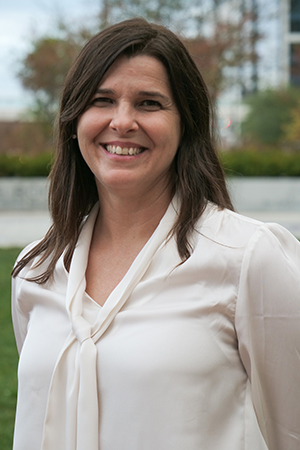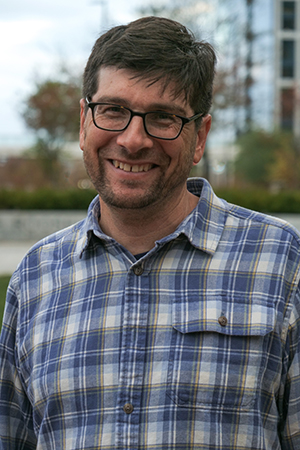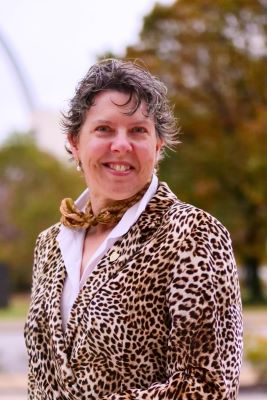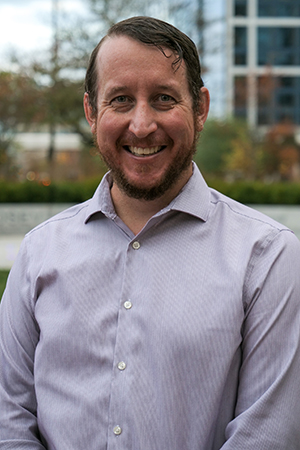Soil Health Institute
 The Soil Health Institute (SHI) is working closely with all research partners to facilitate this multi-institutional research initiative. SHI is leading a benchmarking campaign across U.S. dairies to quantify the current state of soil health and carbon (C) stock of soils that receive dairy manure and provide forages for dairies. In addition to benchmarking, SHI’s work on this project includes providing technical assistance with field instrumentation and quality assurance/quality control (QA/QC) of the large datasets local partners collect, modeling greenhouse gas (GHG) and soil C sequestration, overseeing the Modeling Advisory Committee and maintaining and updating a database that stores data across the entire project.
The Soil Health Institute (SHI) is working closely with all research partners to facilitate this multi-institutional research initiative. SHI is leading a benchmarking campaign across U.S. dairies to quantify the current state of soil health and carbon (C) stock of soils that receive dairy manure and provide forages for dairies. In addition to benchmarking, SHI’s work on this project includes providing technical assistance with field instrumentation and quality assurance/quality control (QA/QC) of the large datasets local partners collect, modeling greenhouse gas (GHG) and soil C sequestration, overseeing the Modeling Advisory Committee and maintaining and updating a database that stores data across the entire project.
As part of this project, SHI has sampled soil carbon sequestration using SHI’s recommended soil health indicators from dairy forage fields across the U.S. The figure below shows the regions that were sampled and how representative the sampling was across the regions.
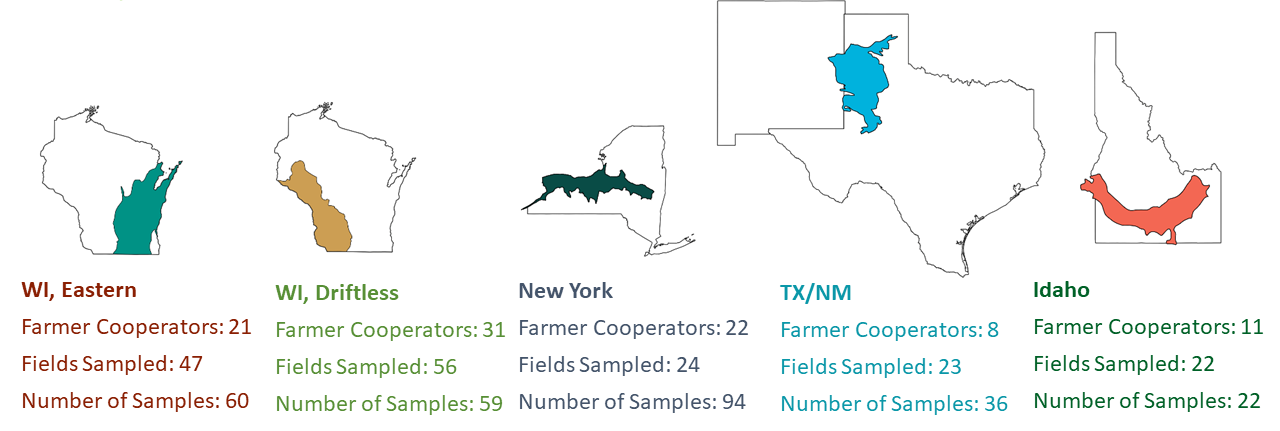
SHI aims to address three primary questions through the sampling.
- How widespread is the adoption of soil health practices across these dairy production regions?
- What is the current state of soil health and carbon stocks in soil growing forage on commercial dairies and how do regions differ?
- How does crop management in highly manured systems impact soil health?
1. How widespread is the adoption of soil health practices across these dairy production regions?
Soil health practices were identified as:
- Including a perennial (alfalfa) in the forage production rotation
- Cover cropping
- Reduced tillage (generally strip tillage)
- Applying manure
All four of the practices were present in 7% of Wisconsin (WI-Eastern), 35% WI-Driftless, and 4% of New York fields surveyed (see below figure). Across each region, there is an opportunity to increase the number of soil health practices used for forage production.
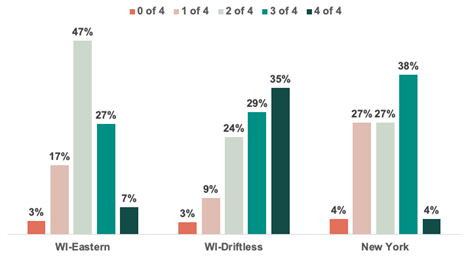 2. What is the current state of soil health and carbon stocks in soil growing forage on commercial dairies and how do regions differ?
2. What is the current state of soil health and carbon stocks in soil growing forage on commercial dairies and how do regions differ?
Climate and soil type limit soil health and carbon stock potential. The maximum potential for soil health differs across the regions, with the biggest differences observable between the humid and semi-arid regions sampled (see figure below). The three humid (rainfed) regions — NY, WI-DR and WI-ES — had greater soil organic carbon concentrations, aggregate stability and carbon mineralization potential than the two semi-arid (irrigated) regions of ID and TX/NM. WI-ES has more similar available water holding capacity values compared to the semi-arid regions, primarily because of greater sand content compared to the other humid regions. Soil organic carbon stocks (Mg ha-1) were highest in New York (79), followed by WI-DR (73), WI-ES (67), ID (53), with the lowest values in TX/NM (31).

3. How does crop management in these highly manured systems impact soil health?
Soil measurements from rotationally grazed pastures were used as a reference because perennial pasture systems have continuous roots throughout the year and represent minimal disturbance in a management system that is receiving manure. Soil heath indicator values for no-till row crop and tilled row crop systems are reported as a percentage of the reference soil health indicator values.

Managing forage production fields with no-till in the Driftless region of Wisconsin increases soil carbon and improves aggregate stability relative to tilled fields. In contrast, tillage does not affect carbon mineralization potential nor available water holding capacity compared to no-till. However, compared to perennial grazed pastures, the greatest room for improvement is for aggregate stability and carbon mineralization potential. Reduced aggregate stability indicates poorer water cycling for crop performance. Weaker aggregate stability indicates soil are at more risk for eroding and less capable of capturing water during rainfall.
Key Findings
From the initial analyses of soil health benchmarking, SHI has found:
- Dairy soils in humid regions have greater soil health indicator values than soils in the semi-arid regions because of differences in climates and soils.
- Grazing systems in humid regions have greater soil health than row-crop systems on similar soils, because of differences in management (e.g., grazing systems engage more soil health principles).
- Fields managed with tillage, as evidenced by the data from WI-DR, have lower soil organic carbon and aggregate stability, reflecting a lower capacity to store and cycle water and higher potential for erosion.
Ongoing Work
SHI plans to share the results of this work to farmers, advisors and the scientific community. Participating farmers received a soil health report and were invited to a webinar.
SHI is currently using the management information and soil health values to investigate the model performance of COMET-Farm, a tool that allows users to calculate reductions in GHG emissions based on adoptions of soil health management and climate-smart practices.
For additional information on:
